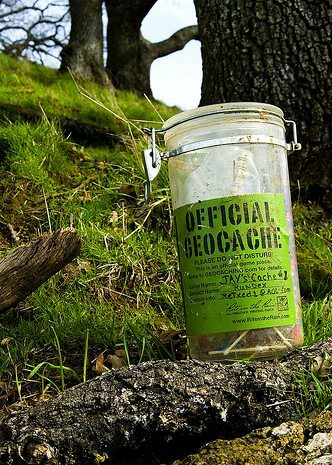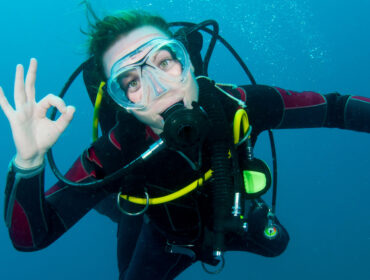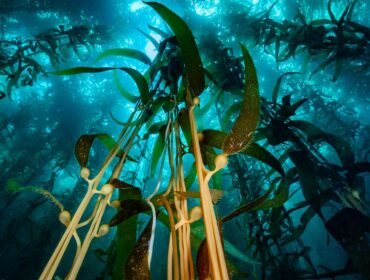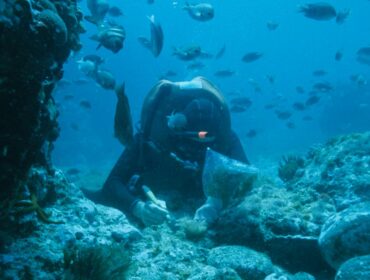For those recreational Scuba Divers who are getting bored of ordinary dives, and are looking for a new underwater thrill or adventure, how about something that incorporates scuba diving and the thrill of treasure hunting? We are talking about the newest rage known as Scuba Geocaching that is rapidly becoming more and more popular each day.
For those of you who aren’t familiar with the term Geocaching (pronounced Geo-Cashing), it is a game played worldwide that was born with the advent of the handheld personal GPS device becoming increasingly cheaper and popular; it involves hiding of a ‘geocache’ or a container with a logbook and some kind of ‘treasure’ usually a trinket, and then the GPS co-ordinates of the location of the cache is uploaded to a website along with some clues. Anyone with a GPS device can attempt to locate this ‘geocache’ and if found, can sign their name in the log-book, take a picture of the trinket, or take the trinket itself replacing it with one of their own for the next Geocacher to find and post their find on the website. Geocachers follow strict rules to always replace the cache and leave behind an object for the next person to find, and also try and ensure that the Geocache itself isn’t stored in plain sight where a ‘non-player’ might chance across the cache which is usually a Tupperware box, or plastic tube and remove it from it’s location.
What started out as a terrestrial based game, has recently turned into Geocachers coming up with increasingly difficult locations to hide their treasure, and it was only a matter of time before a Geocacher combined his/her love for Scuba Diving with the game and started underwater Geocaching.
Scuba/Underwater Geocaching follows the same rules as regular terrestrial Geocaching, with the exception of several challenges. Underwater Geocaches can be placed anywhere from lakes, to reefs or deep ocean drop-off but within recreational diving limits. Firstly the Cache itself needs to be waterproof, able to withstand water pressure, corrosion, and should be negatively buoyant so that it stays underwater. The most popular Geocaching portal geocaching.com stipulates that any underwater cache that needs special equipment (such as Scuba Gear) to find, must be classified as a category/Type 5 (T5), and increases the difficulty of the hunt. Additionally for underwater caches, GPS co-ordinates will be taken from where the boat anchors, making it difficult to pinpoint the exact underwater location without providing visual reference clues of its whereabouts underwater.
Mostly underwater geocaches contain a waterproof dive slate, or waterproof log-book so that the diver can open the cache and fill out the find details underwater itself. In this case often a net mesh bag is used as the cache. You can also create a ‘multi-cache’ where one stage is submerged and you have to dive for it with a clue to an on-shore cache containing the logbook.
As with anything that is submerged, owners of the cache will need to check on it regularly, or design it in a way that it doesn’t affect the stage if it gets wet. Fine silt on the bottom of sea or lake beds disturb easily, often covering the cache making the search almost impossible sometimes.
Nevertheless the challenges involved in locating an underwater geocache is what makes the activity even more fun and exciting. So look up your local Geocache listings and see if you can uncover one of these underwater treasure troves. Happy Hunting!






